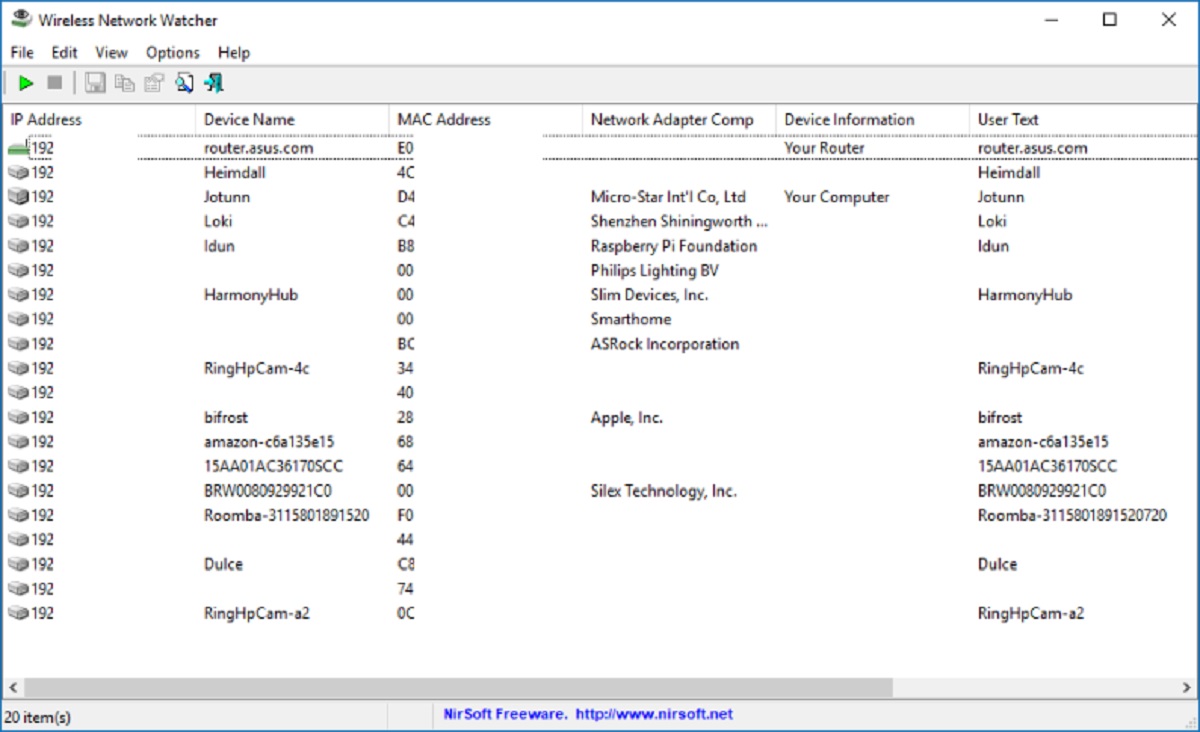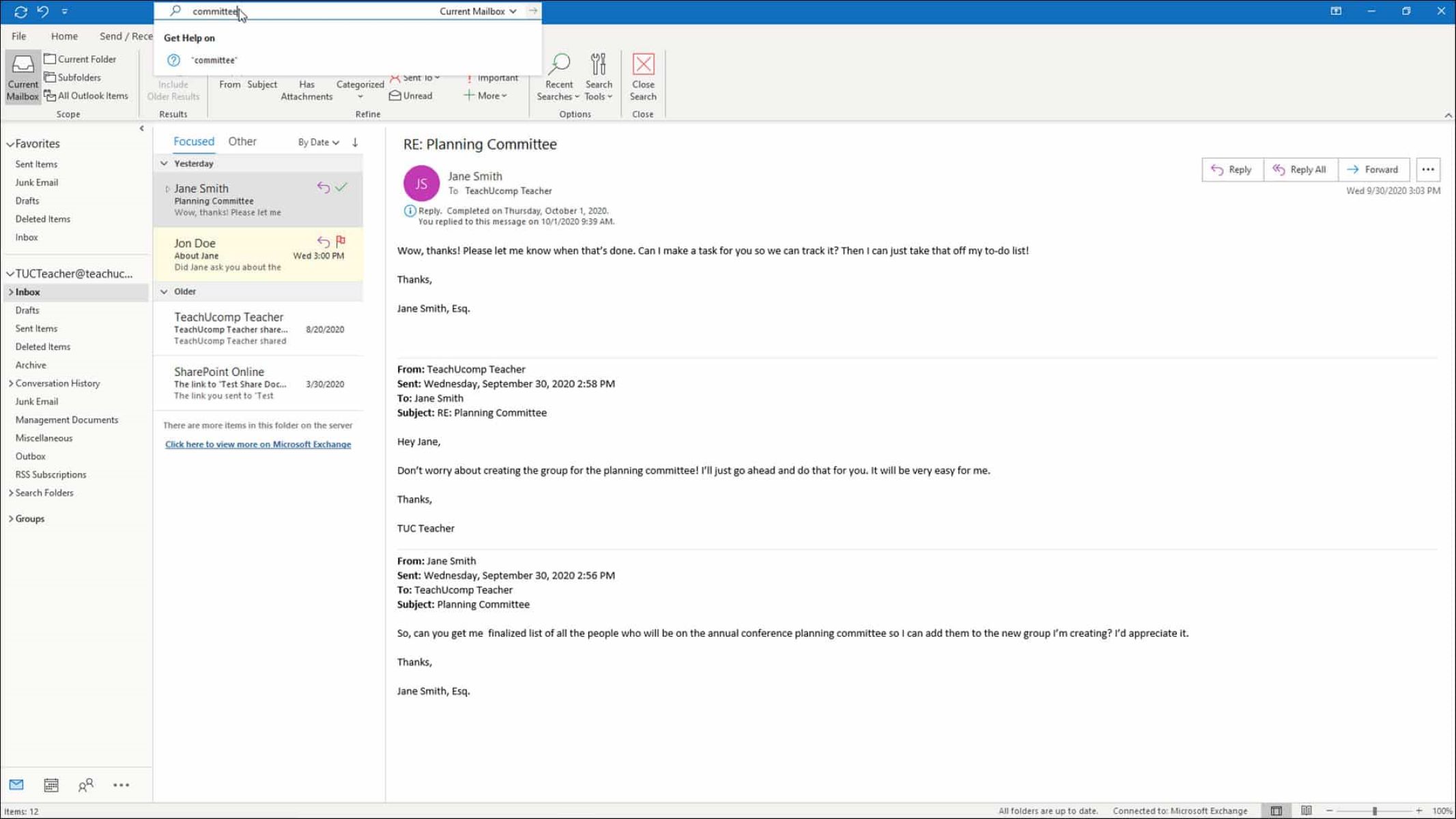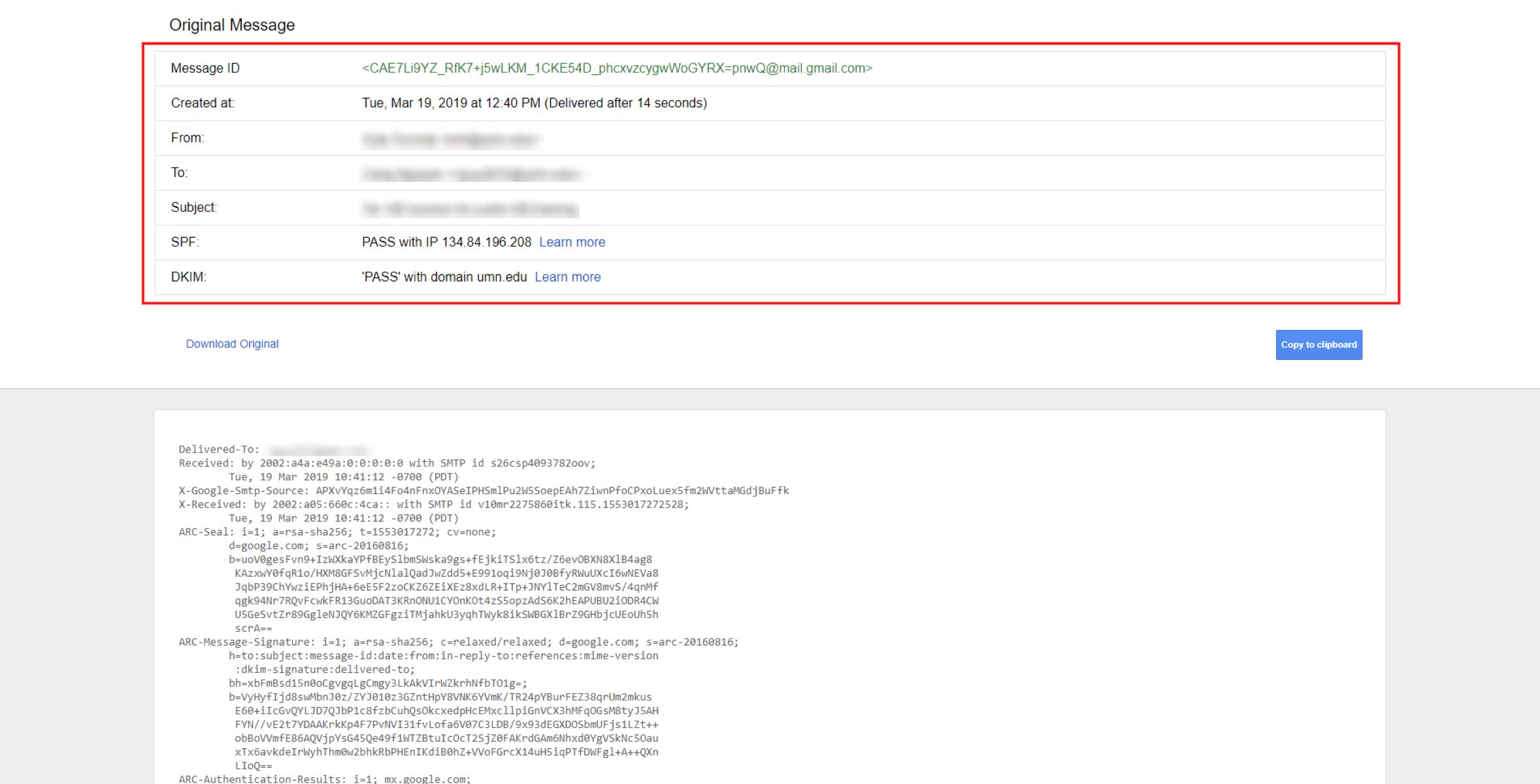Introduction
Detecting a client's browser name is a crucial aspect of web development and optimization. Understanding the browser being used by visitors to your website can help ensure a seamless user experience and enable you to tailor your content and features to suit specific browsers. In this article, we will explore various methods to detect a client's browser name, including using JavaScript, PHP, and server-side languages.
By identifying the browser being used, web developers can make informed decisions about which features to enable or disable, which CSS styles to apply, and which JavaScript functions to use. This knowledge is particularly valuable when dealing with cross-browser compatibility issues, as different browsers may interpret code and display content differently.
Furthermore, detecting the client's browser name can be instrumental in tracking and analyzing website traffic. It provides insights into the preferences and behaviors of visitors, allowing developers and marketers to optimize their websites for the most commonly used browsers.
In the following sections, we will delve into the specific techniques for detecting a client's browser name using JavaScript, PHP, and server-side languages. Each method offers its own advantages and considerations, and understanding how to implement them effectively can greatly enhance the functionality and performance of web applications and websites. Let's explore these methods in detail to gain a comprehensive understanding of how to detect the client's browser name and leverage this information to improve the overall user experience.
Using JavaScript to Detect Browser Name
Detecting a client's browser name using JavaScript is a common practice in web development. JavaScript provides a straightforward way to access the browser's information and determine its name. This method is particularly useful for implementing client-side logic and adapting the user interface based on the detected browser.
One of the primary techniques for detecting the browser name in JavaScript involves accessing the navigator object. The navigator object provides a wealth of information about the browser, including its name, version, and platform. By accessing the navigator.userAgent property, developers can retrieve a string that contains details about the user agent, which typically includes the browser name and version.
Here's a simple example of using JavaScript to detect the browser name:
javascript
function detectBrowserName() {
var browserName = "Unknown";
if (navigator.userAgent.indexOf("Firefox") != -1) {
browserName = "Mozilla Firefox";
} else if (navigator.userAgent.indexOf("Chrome") != -1) {
browserName = "Google Chrome";
} else if (navigator.userAgent.indexOf("Safari") != -1) {
browserName = "Apple Safari";
} else if (navigator.userAgent.indexOf("MSIE") != -1 || !!document.documentMode == true) {
browserName = "Internet Explorer";
} else if (navigator.userAgent.indexOf("Edge") != -1) {
browserName = "Microsoft Edge";
} else if (navigator.userAgent.indexOf("Opera") != -1 || navigator.userAgent.indexOf("OPR") != -1) {
browserName = "Opera";
}
return browserName;
}
var userBrowser = detectBrowserName();
console.log("Detected Browser: " + userBrowser);
In this example, the detectBrowserName function checks the navigator.userAgent string for specific keywords associated with popular browsers. Based on the presence of these keywords, the function determines the browser name and returns it.
It's important to note that while this approach can provide the browser name in many cases, user agent strings can be manipulated or spoofed, leading to potential inaccuracies. Additionally, as new browsers emerge and existing ones update, maintaining an exhaustive list of user agent checks can become challenging.
Despite these considerations, using JavaScript to detect the browser name remains a valuable technique for implementing client-side logic and customizing the user experience based on the visitor's browser. This method empowers developers to create more tailored and optimized web applications that cater to the diverse landscape of modern browsers.
Using PHP to Detect Browser Name
Detecting a client's browser name using PHP is an essential aspect of server-side web development. While JavaScript is commonly used for client-side browser detection, PHP provides a robust solution for identifying the user's browser when server-side processing is required.
One of the primary methods for detecting the browser name in PHP involves accessing the $_SERVER superglobal array. Specifically, the $_SERVER['HTTP_USER_AGENT'] variable contains the user agent string, which includes details about the client's browser, operating system, and other relevant information.
Here's a simple example of using PHP to detect the browser name:
php
function detectBrowserName() {
$userAgent = $_SERVER['HTTP_USER_AGENT'];
$browserName = 'Unknown';
if (strpos($userAgent, 'Firefox') !== false) {
$browserName = 'Mozilla Firefox';
} elseif (strpos($userAgent, 'Chrome') !== false) {
$browserName = 'Google Chrome';
} elseif (strpos($userAgent, 'Safari') !== false) {
$browserName = 'Apple Safari';
} elseif (strpos($userAgent, 'MSIE') !== false || (strpos($userAgent, 'Trident') !== false)) {
$browserName = 'Internet Explorer';
} elseif (strpos($userAgent, 'Edge') !== false) {
$browserName = 'Microsoft Edge';
} elseif (strpos($userAgent, 'Opera') !== false || strpos($userAgent, 'OPR') !== false) {
$browserName = 'Opera';
}
return $browserName;
}
$userBrowser = detectBrowserName();
echo "Detected Browser: " . $userBrowser;
In this example, the detectBrowserName function retrieves the user agent string from the $_SERVER superglobal array and checks for specific keywords associated with popular browsers. Based on the presence of these keywords, the function determines the browser name and returns it.
It's important to note that while using PHP for browser detection provides reliable information, the user agent string can still be manipulated or spoofed, potentially leading to inaccuracies. Additionally, as new browsers are introduced and existing ones are updated, maintaining an exhaustive list of user agent checks can become challenging.
Despite these considerations, leveraging PHP to detect the client's browser name is valuable when server-side processing is required, such as when customizing server responses based on the visitor's browser. This method empowers developers to tailor the server-side logic and deliver optimized content and functionality tailored to the diverse array of modern browsers.
Using PHP for browser detection complements client-side techniques and contributes to a comprehensive approach to ensuring cross-browser compatibility and delivering a seamless user experience across different web platforms.
Using Server-Side Language to Detect Browser Name
Detecting a client's browser name using a server-side language is a fundamental aspect of web development, particularly when server-side processing and customization are required. While client-side techniques, such as JavaScript, excel at providing browser information for client-side logic and user interface customization, server-side languages offer a robust solution for identifying the user's browser during server-side processing.
One of the primary advantages of using a server-side language, such as Python, Ruby, or Java, to detect the browser name is the ability to perform server-side logic and generate dynamic content based on the client's browser. This is particularly valuable when rendering server-generated web pages, processing form submissions, or implementing server-side authentication and authorization mechanisms.
The process of detecting the client's browser name in a server-side language typically involves accessing the user agent string, which is included in the HTTP request headers sent by the client's browser. The user agent string contains details about the browser, operating system, and other relevant information, allowing developers to extract and analyze this data to determine the client's browser.
Here's a simplified example of using a server-side language, such as Python, to detect the browser name:
python
def detect_browser_name(user_agent):
browser_name = 'Unknown'
if 'Firefox' in user_agent:
browser_name = 'Mozilla Firefox'
elif 'Chrome' in user_agent:
browser_name = 'Google Chrome'
elif 'Safari' in user_agent:
browser_name = 'Apple Safari'
elif 'MSIE' in user_agent or 'Trident' in user_agent:
browser_name = 'Internet Explorer'
elif 'Edge' in user_agent:
browser_name = 'Microsoft Edge'
elif 'Opera' in user_agent or 'OPR' in user_agent:
browser_name = 'Opera'
return browser_name
user_agent_string = get_user_agent_from_http_request() # Obtain the user agent string from the HTTP request
user_browser = detect_browser_name(user_agent_string)
print('Detected Browser:', user_browser)
In this example, the detect_browser_name function takes the user agent string as input and checks for specific keywords associated with popular browsers. Based on the presence of these keywords, the function determines the browser name and returns it.
It's important to note that while using a server-side language for browser detection provides reliable information, the user agent string can still be manipulated or spoofed, potentially leading to inaccuracies. Additionally, as new browsers are introduced and existing ones are updated, maintaining an exhaustive list of user agent checks can become challenging.
Despite these considerations, leveraging a server-side language to detect the client's browser name is valuable for implementing server-side logic and generating dynamic content tailored to the visitor's browser. This method empowers developers to customize server responses, process requests, and deliver optimized content and functionality based on the diverse array of modern browsers.
Using a server-side language for browser detection complements client-side techniques and contributes to a comprehensive approach to ensuring cross-browser compatibility and delivering a seamless user experience across different web platforms.
Conclusion
In conclusion, the ability to detect a client's browser name is a valuable asset in the realm of web development and optimization. By leveraging various techniques, including JavaScript, PHP, and server-side languages, developers can gain insights into the browsers used by visitors to their websites, enabling them to tailor the user experience, optimize content delivery, and address cross-browser compatibility challenges.
The use of JavaScript for browser detection provides a seamless way to access the client's browser information and adapt the user interface based on the detected browser. While this method is well-suited for client-side logic and customization, it's important to acknowledge the potential limitations associated with user agent string manipulation and the need for ongoing updates to accommodate new browser versions.
On the other hand, PHP offers a robust solution for identifying the user's browser during server-side processing. This approach is particularly valuable when customizing server responses based on the visitor's browser, contributing to a comprehensive strategy for delivering optimized content and functionality across different browsers.
Furthermore, the utilization of server-side languages, such as Python, Ruby, or Java, to detect the browser name provides the capability to perform server-side logic and generate dynamic content based on the client's browser. This is instrumental in rendering server-generated web pages, processing form submissions, and implementing server-side authentication and authorization mechanisms.
In the ever-evolving landscape of web technologies, the importance of understanding and adapting to the diverse array of modern browsers cannot be overstated. By employing the techniques discussed in this article, developers can enhance the functionality and performance of web applications and websites, ultimately delivering a seamless and tailored user experience across various platforms and browsers.
In essence, the ability to detect a client's browser name serves as a cornerstone for optimizing web content, ensuring cross-browser compatibility, and gaining valuable insights into visitor preferences and behaviors. As the digital ecosystem continues to evolve, the knowledge and implementation of browser detection techniques will remain integral to the success of web development endeavors.

























